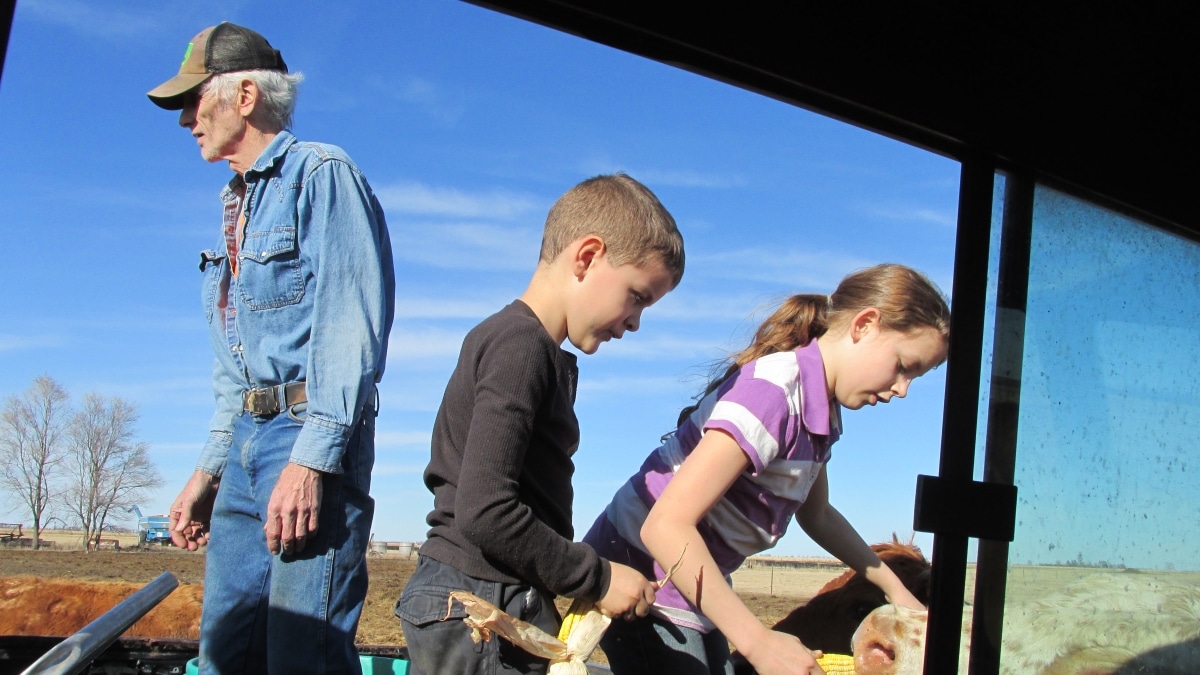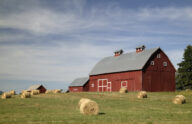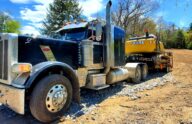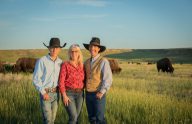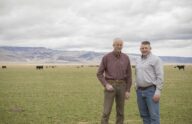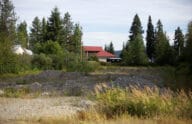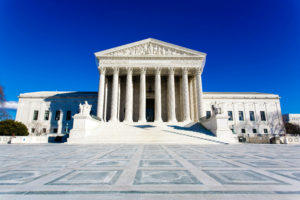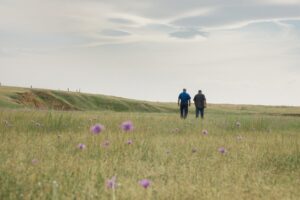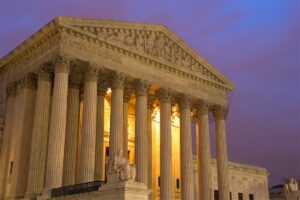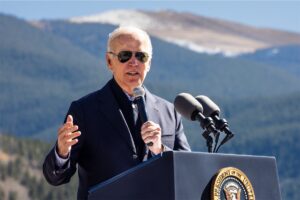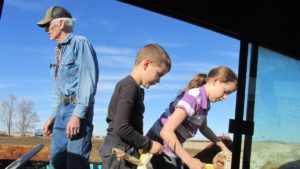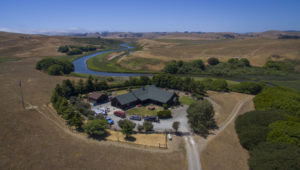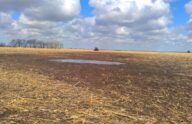Arlen Foster is a third-generation farmer in Miner County, South Dakota. Joined by his daughter and son-in-law and six grandchildren, the Fosters raise cattle, corn, soybeans, and hay on the same land Arlen’s grandfather bought back in 1900 with a $1,000 loan.
The family is also proud of their responsible conservation practices on the farm. These practices include no-till farming and preserving tree belts and are as time-honored to the Fosters as the farming itself.
One of the family’s long-ago conservation efforts, however, has led to a present-day legal problem.
Arlen’s father planted a tree belt on the south side of the farm in 1936 to prevent erosion. The tree belt is much taller today and collects deep snow drifts in the winter. As the weather warms, the melting snow collects in a low spot in the middle of a farm field before soaking into the ground or evaporating.
In 2011, the federal Natural Resources Conservation Service (NRCS) decided to call the puddle a wetland, claiming that it is protected by federal law.
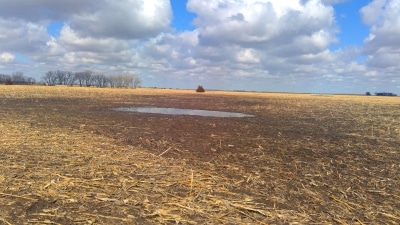
As long as the feds consider the puddle a wetland, Arlen cannot farm it. Doing so would violate the “Swampbuster” provisions of the 1985 Food Security Act that tie wetlands to federal assistance programs provided by the U.S. Department of Agriculture.
In other words, the wetland certification limits how the Fosters can use their land, forcing them to choose between the most productive farming possible, and eligibility for federal benefits.
However, the Swampbuster Act also allows landowners to ask for agency review of such wetland certifications—at any time. In fact, Congress specifically amended the law in 1986 to give property owners a fair shot at challenging government authority over their land.
Yet the regulators refused Arlen’s request for review in 2017, asserting that he must provide new evidence to be granted review. The service’s demand for new evidence was contrary to the statute, which places no such burden on landowners. Even so, Arlen again asked for review in 2020, this time with a technical report in hand showing that the pool is artificially created by the tree belt. The service admits that it had never seen the report before but still refused to grant Arlen review, even though he complied with their extra-statutory demand.
Represented at no charge by Pacific Legal Foundation, Arlen fought back. He asked a federal court to compel the NRCS’s long-overdue review and to hold federal agencies accountable to the rule of law. Unfortunately, the district court reflexively deferred to the service’s claims that it need only review Arlen’s case with new evidence, and that it had previously considered that the tree belt could be the cause of the pool. The Eighth Circuit agreed.
These courts relied on the Chevron deference doctrine which effectively requires courts to rubber-stamp agency interpretation of ambiguous statutes, as long as the interpretation is reasonable. But interpreting the law is the job of courts, not regulators. Chevron puts a thumb on the scale in favor of the government.
Now Arlen has appealed his case to the Supreme Court and asks them to overturn Chevron so that he gets a fair day in court to challenge NCRS’s demands.
What’s At Stake?
- Rulemakers must follow the rules: No unelected, unaccountable bureaucrat can enforce any rule without first submitting the rule to Congress for review. Failure to do so creates an unnecessary cloud of uncertainty around rules that people must be able to rely on.
- Property owners have the right to make responsible and productive use of their own land. They shouldn’t have to spend decades of their lives fighting government agencies’ inaction and refusal to follow the law to defend that right.


